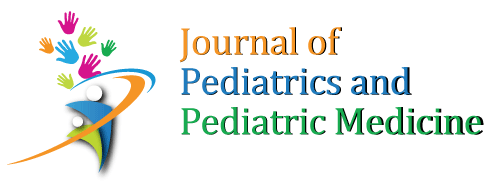Improving Adherence to Reach Out and Read: A Bookmark Intervention
Elsia A. Obus1, Natalie H. Brito2, Lauren Sanlorenzo2, Corinna Rea2, Laura Engelhardt2, Kimberly G. Noble1*
This study examines how the addition of a modest addendum to the well-established pediatric primary care program, Reach Out and Read (ROR), is associated with increased clinician adherence to ROR and caregiver home literacy behavior. This study took place in four ambulatory care clinics at a large urban medical center. All clinics received standard ROR training. Two of the four clinics received additional ROR training and bookmarks with age-specific advice about reading aloud with children. Following the intervention, medical providers reported no behavioral differences, however caregivers in the intervention group reported: more frequent trips to the library, receiving more books from their pediatrician, and receiving more advice on how to read with their child than caregivers in from the comparison clinics. Thus the addition of a modest training and bookmark intervention to the ROR program was associated with caregiver report of both increased clinician adherence to ROR and increased caregiver literacy behavior. The bookmark intervention may be an inexpensive way to improve the effects of the ROR program.
DOI: 10.29245/2578-2940/2018/1.1103 View / Download Pdf A Helper Virus-independent, Plasmid only-based Reverse Genetics System for Rotavirus
Ulrich Desselberger
Compared to classical ‘forward’ genetics in which the changed phenotype of an organism is correlated with mutations in the genome, the availability of complete nucleotide sequences of many microbes and animals now allows the rational engineering of mutations in individual genes and identification of the correlated change in phenotype of the reconstituted organism (‘reverse genetics’). Reverse genetics enables precise assignment of phenotypic changes to genomic mutations. The goal to ‘rescue’ infectious rotavirus from a mutated genome has eluded success for a long time, and only recently a plasmid only-based, helper virus-free reverse genetics system for species A rotaviruses has been developed. Based on background information on rotavirus structure, classification, replication and genetic research, the new procedure is reviewed in detail, and its versatility and significance for future basic and translational research are discussed.
DOI: 10.29245/2578-2940/2018/1.1110 View / Download Pdf Commentary: Association of Autoimmune Hepatitis and Evans Syndrome in Children
Chaowapong Jarasvaraparn1, David A. Gremse2*
1Department of Pediatrics, University of South Alabama, Mobile, Alabama 36604, USA
2Division of Pediatric Gastroenterology, Hepatology and Nutrition, University of South Alabama, Mobile, Alabama 36604, USA
Autoimmune hepatitis (AIH) is a chronic liver disease that may be associated with extrahepatic autoimmune disorders. Evans syndrome (ES) is an autoimmune disorder that is characterized by a combination of immune thrombocytopenia and autoimmune hemolytic anemia. Association of autoimmune hepatitis with Evans syndrome is rare, especially in children. We reported a 3-year-old-female with pre-existing Evans syndrome who developed AIH type 11. This commentary reviews this case along with other reported cases of AIH and ES.
DOI: 10.29245/2578-2940/2018/1.1109 View / Download Pdf